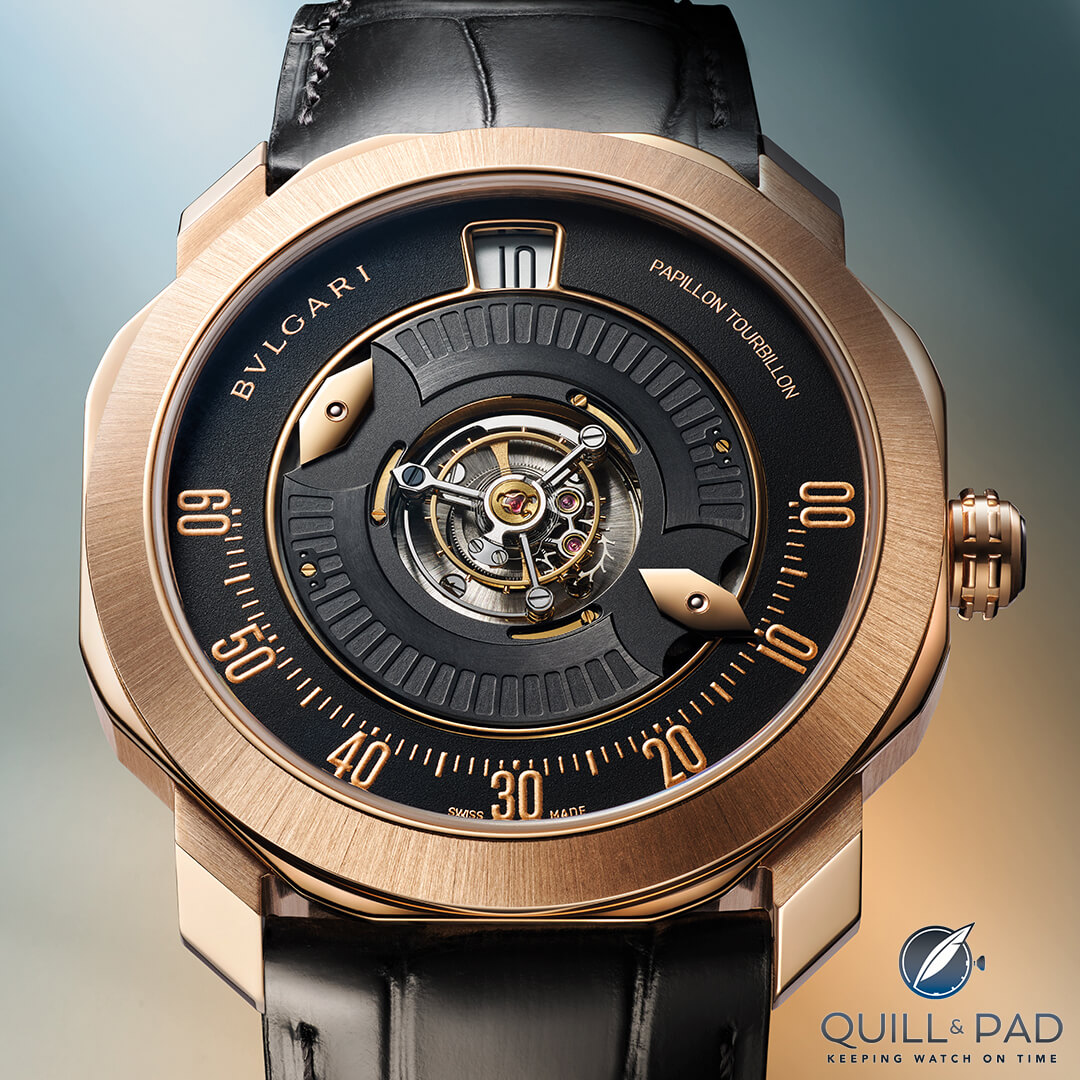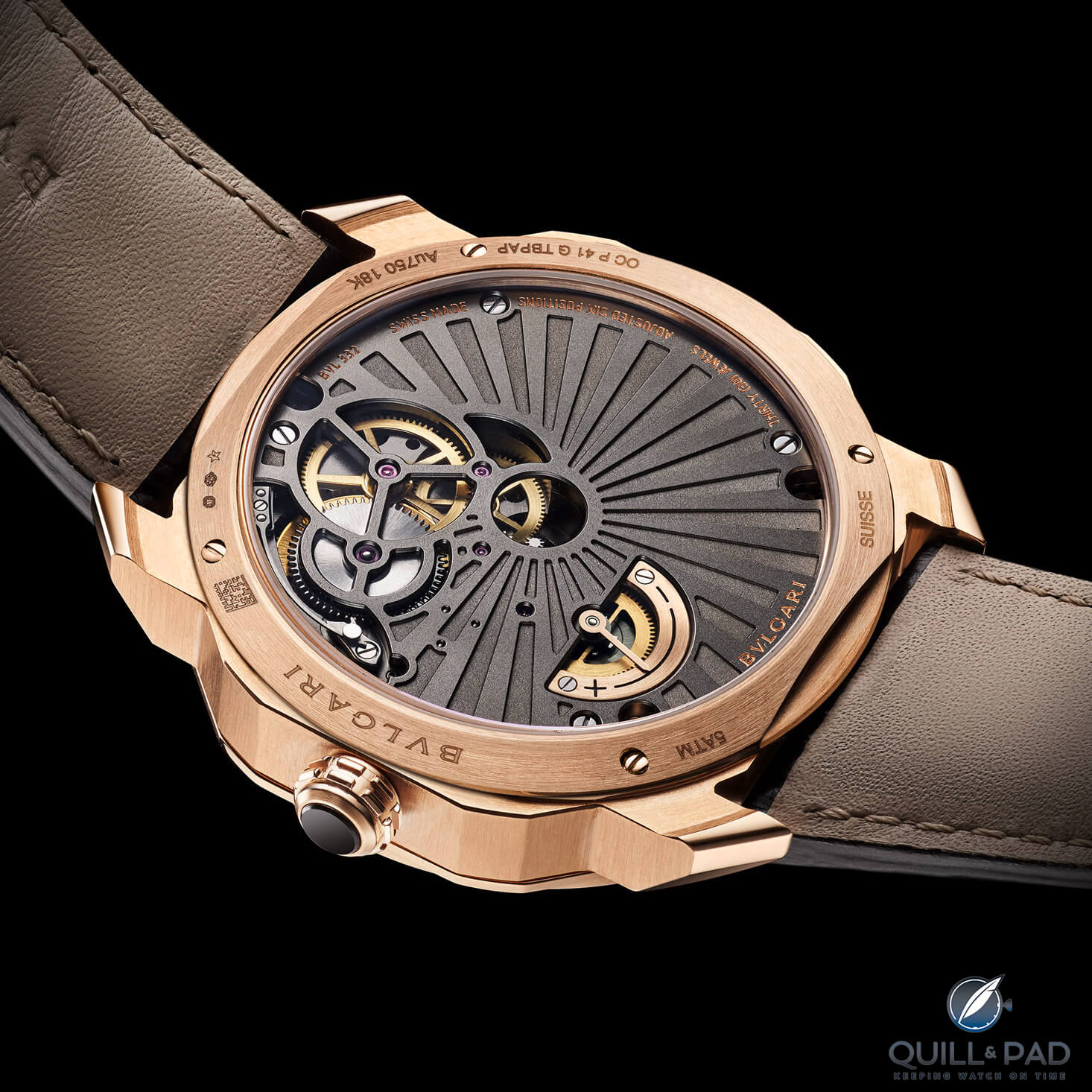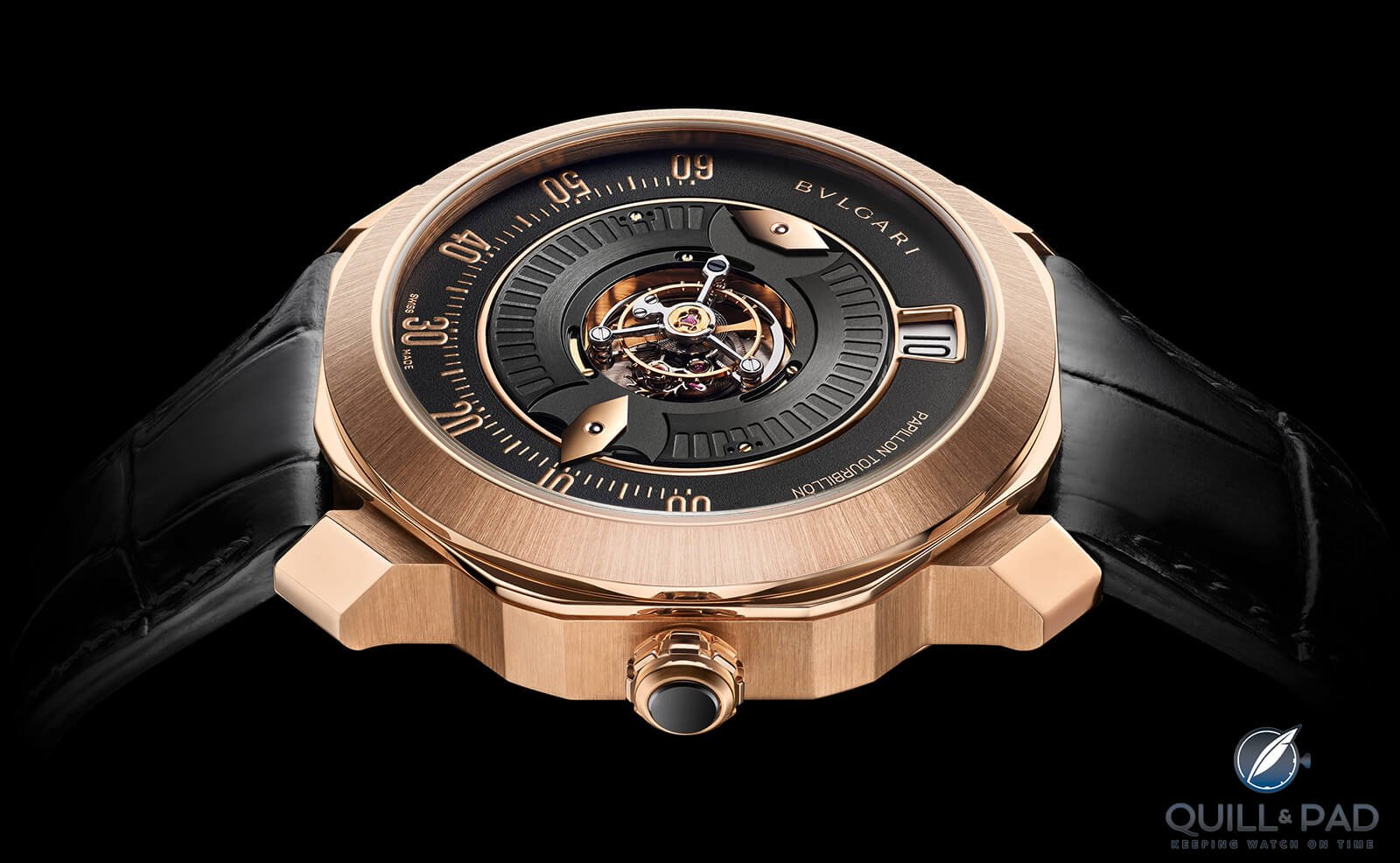There are likely thousands of companies named after a founder no longer there. In most cases, this is simply because the founder died or the company was sold to investors who retained the name. Sometimes these names become part of a combined brand name, like McDonnell Douglas, the aircraft manufacturer.
McDonnell Douglas was born of a merger between two companies named for their founders. The new company operated for 30 years before merging with Boeing, when the names disappeared into business history (though the logo lived on with Boeing). Other instances see a company named after its founder acquired: the name disappears as an individual business unit but lives on with creations made under the new ownership umbrella.
A great example of this is the Gérald Genta collection from Bulgari, a set of timepieces continuing the legacy of the great designer after his company was acquired by Bulgari in 2000. The pieces are aesthetically and thematically in line with what Genta had been creating, but Genta was no longer a part of the process. That same year Bulgari also acquired Daniel Roth, the eponymous brand named after the master watchmaker based in the Vallée de Joux.
This meant that the styling and technical achievements of Daniel Roth could be incorporated into Bulgari timepieces, and they definitely have found their way into some incredible pieces over the years. Unlike most of the Genta collection, the Roth design elements and mechanical features have been fully enmeshed with Bulgari designs and developments to create a fusion of Daniel Roth and Bulgari.

Bulgari Octo Roma Central Tourbillon Papillon
So Daniel Roth lives on in Bulgari, and one of the latest results of this is the Bulgari Octo Roma Central Tourbillon Papillon, an incredible watch showcasing the results of creative combinations in both business and design.
Bulgari Octo Roma Central Tourbillon Papillon
The Octo Roma Central Tourbillon Papillon is an awesome jumping hour watch with satellite minute display and a difficult-to-engineer central tourbillon. The dial is formatted around the Papillon design that originated with Roth and has two elongated hexagon-shaped pointers that rotate around the dial once every two hours. These pointers arc across a 60-minute scale that spreads around the bottom half of a large flying tourbillon in the center of the dial.

Bulgari Octo Roma Central Tourbillon Papillon
At the top of the dial is a small window indicating the hours, all 24 of them. This less common form of jumping hour is actually a 24-hour indication allowing the observer to know whether it is day or night at a glance.
The last indication is a power reserve cut into the base plate of the movement, just below some skeletonizing over the top of the mainspring and gear train leading to the tourbillon. It can be seen on the back of the watch.

Bulgari Octo Roma Central Tourbillon Papillon
The base plate has a sunray pattern machined into it around the jewels, pivots, and counterbores dotting the plate. What could have been a rather clean and subdued movement with classic finishing instead feels modern and energetic.
The dial is nearly identical to the first model to share this design, the Bulgari Papillon Tourbillon Central.
The Octo Roma Central Tourbillon Papillon is essentially the Papillon Tourbillon Central released in 2015 but with an updated movement in an Octo Roma case. That might seem like a simple model update, but it requires far more than tossing a movement into a new case. The dial is visually similar, but in the previous version it was housed in a tonneau-shaped case (the easily recognizable Daniel Roth case). Now completely round, it is a small change on the front but a larger change when you compare the movements.
Bulgari Octo Roma Central Tourbillon Papillon: big and small changes
The previous caliber in the Papillon Tourbillon Central was the BVL 266, a tonneau-shaped movement with different skeletonizing, non-uniformly machined patterns, a smooth section with all the informational engraving, and – the biggest visual difference – a power reserve indicator. This indication was originally oriented vertically and set in a fan-shaped cutout. The scale was engraved onto a triangular bridge that also supported the axis of rotation for the power reserve hand.

Caliber BVL 332 visible on the back of the Bulgari Octo Roma Central Tourbillon Papillon
The new Caliber BVL 332, which is round, turns the indication 90 degrees clockwise and gets rid of the fan shape in favor of a half circle. The cutout is much cleaner, and the hand is supported separately from the scale making the power reserve a smaller yet more deliberately placed element within the movement.
In combination with the relocation and the change in skeletonization, moving the informational engraving to the edge of the movement, and keeping the center clean this movement seems to have understood some shortcomings of the previous design and made it work better with the round shape.

Bulgari Octo Roma Central Tourbillon Papillon
But the important point is what hasn’t changed, and that is the awesome Papillon design and the central tourbillon. The minutes are still indicated by two diamond-like-shaped pointers that rotate 90 degrees at the beginning of the hour to point at the minute scale. At the end of the hour, the one exiting the scale rotates 90 degrees again to stow itself into the rotating disk and allow the one opposite to become the pointer for the next hour. This is a very fun way to add style and mechanical interest to a dial.
On top of that is the centrally mounted flying tourbillon, a feature that would normally make a movement more difficult to design in terms of the gear train layout. However, with the minutes indicated as they are, it allows the removal of the center pivots for traditional hands as the mechanics can be moved more to the periphery, allowing the flying tourbillon to whirl away in the center.

Bulgari Octo Roma Central Tourbillon Papillon
And I love jump hour mechanisms, especially those not covered by a minute hand at any point of the hour. This jump hour disk is mounted on a ceramic ball bearing so it will last decades, too.
What sets this in particular apart is the fact it is a 24-hour indication, so the disk allows the full day’s cycle to be known at any time. This may seem like a minor point to most people, but I adore it when you can know if it’s morning or evening simply by looking at what hour it is (thereby getting rid of AM and PM). It also has the added benefit of teaching those who haven’t spent time in the military how to tell time using the 24-hour scale.

Bulgari Octo Roma Central Tourbillon Papillon
I think the decision to redo the movement to be used in an Octa Roma case is a great move since the shape has proven popular for Bulgari. The original Daniel Roth tonneau shape is definitely much more classic and could narrow the interest of modern-day Bulgari collectors.
The lineage from Daniel Roth is what really sells this watch to me, though, especially combined with the Bulgari aesthetics. Sadly it is well outside of my price range, but luckily for collectors this isn’t a limited edition and will be accessible to those looking for a watch of this caliber and design history.

Bulgari Octo Roma Central Tourbillon Papillon
The aesthetic is so much fun and mechanically interesting; it is one of the best watches to come from Bulgari that isn’t an ultra-thin world record holder. And that is all right by me!
Now let’s take the opportunity to break it down!
- Wowza Factor * 9.6 Daniel Roth lineage, central flying tourbillon, papillon-style wandering minutes, 24-hour jumping hours, what’s not to love?!
- Late Night Lust Appeal * 96» 941.438m/s2 When there is this much going on horologically it can keep you up for hours just drooling over the awesomeness!
- M.G.R. * 67.1 The mechanical inventiveness of this goes back a few decades and hasn’t aged a day. Add the central tourbillon and you have a supremely geeky movement!
- Added-Functionitis * Mild It does have a power reserve, which is critical for a manually wound movement, plus the 24-hour indication is almost an added function. Still I’d recommend children’s strength Gotta-HAVE-That cream for this mechanical mashup from the past!
- Ouch Outline * 10.9 Getting stabbed in the finger by shrapnel in your pocket! Working in a shop has its random dangers, and putting your hands in your pockets is one. It is very easy to accidentally stab yourself rather violently if a metal chip in your pocket is pointing up and your finger is coming in fast. Still, I’d gladly take the risk to get this watch on my wrist!
- Mermaid Moment * Look at those minutes! I love the jumping hours and the central tourbillon, but the highlight of this piece is definitely the satellite minutes. It’s enough to make me reserve a tuxedo for June!
- Awesome Total * 1,025 Start with the water resistance in meters (50) and multiply by the diameter in millimeters (41), then divide by the number of satellite minute pointers (2) for a canonically awesome total!
For more information, please visit www.bulgari.com.
Quick Facts Bulgari Octo Roma Central Tourbillon Papillon
Case: 41 mm, pink gold
Movement: manually wound Caliber BVL 332 with central flying one-minute tourbillon, 60-hour power reserve, 21,600 vph/3 Hz frequency
Functions: jumping hours, 24-hour indication, satellite minutes, seconds (on tourbillon); power reserve
Price: $129,000
You may also enjoy:
Bulgari Daniel Roth Carillon Tourbillon: Passion Begins Early
The Watch That Changed My Life: The Jean Daniel Nicolas Two-Minute Tourbillon By Daniel Roth
Akrivia Tourbillon Chiming Jump Hour: Manifest Destiny Or Gut Feeling?
‘The Persistence Of Memory’: Online Museum And Ode To Independent Watchmaking





















































Leave a Reply
Want to join the discussion?Feel free to contribute!